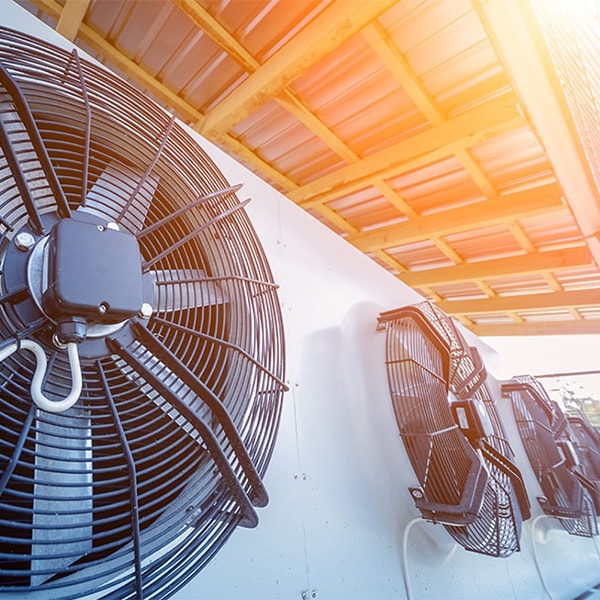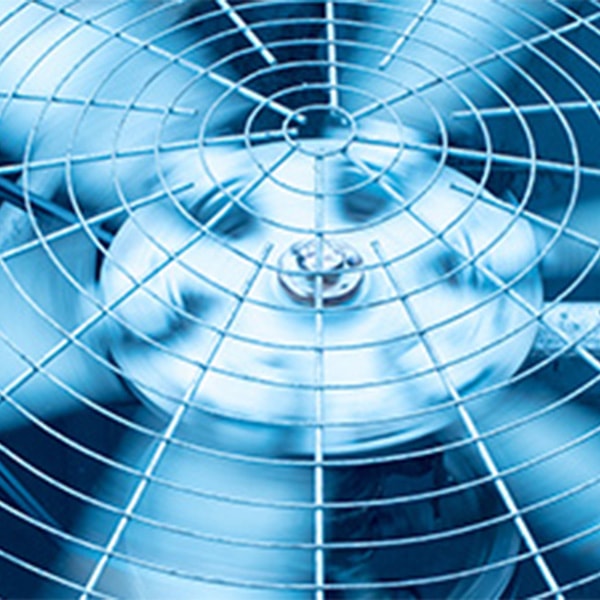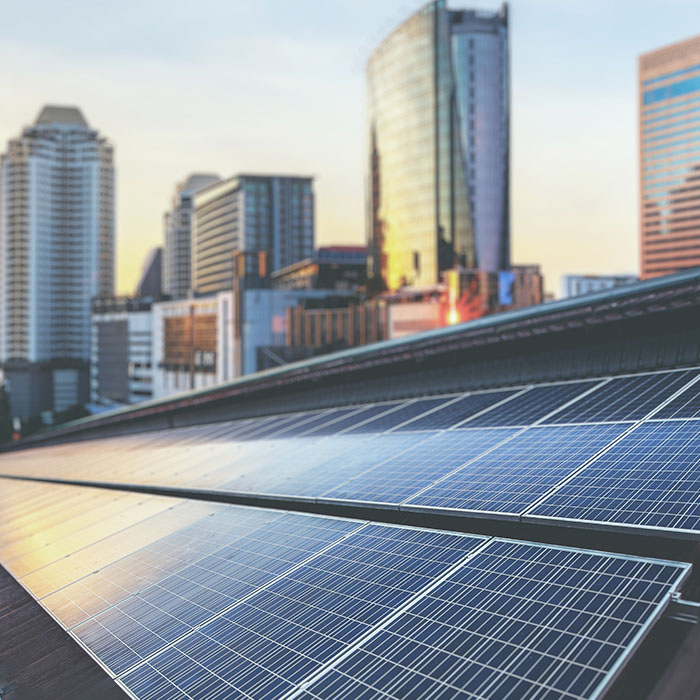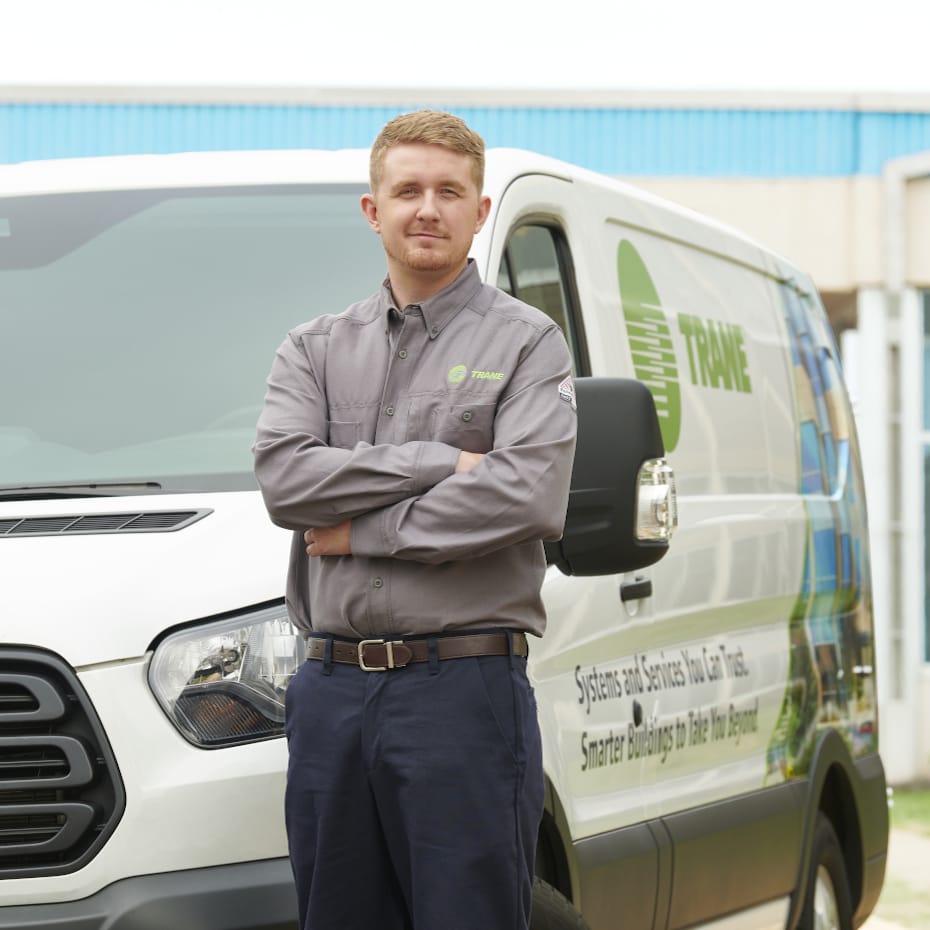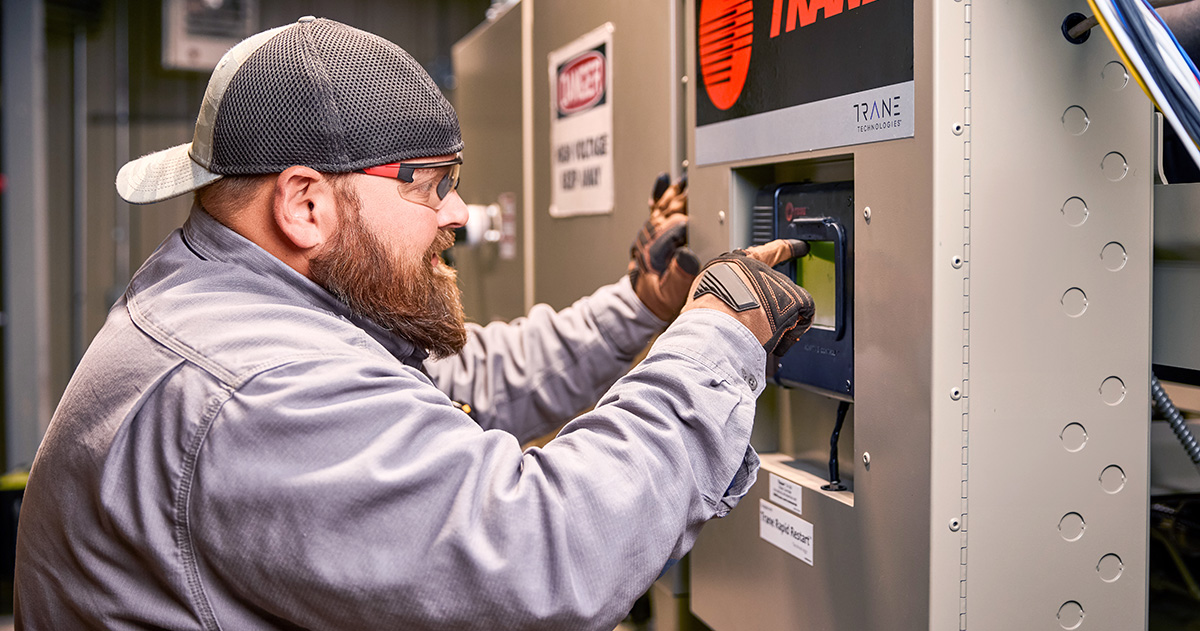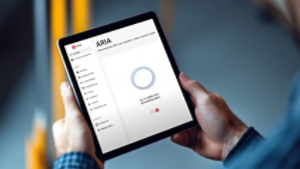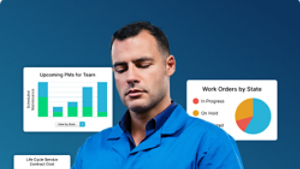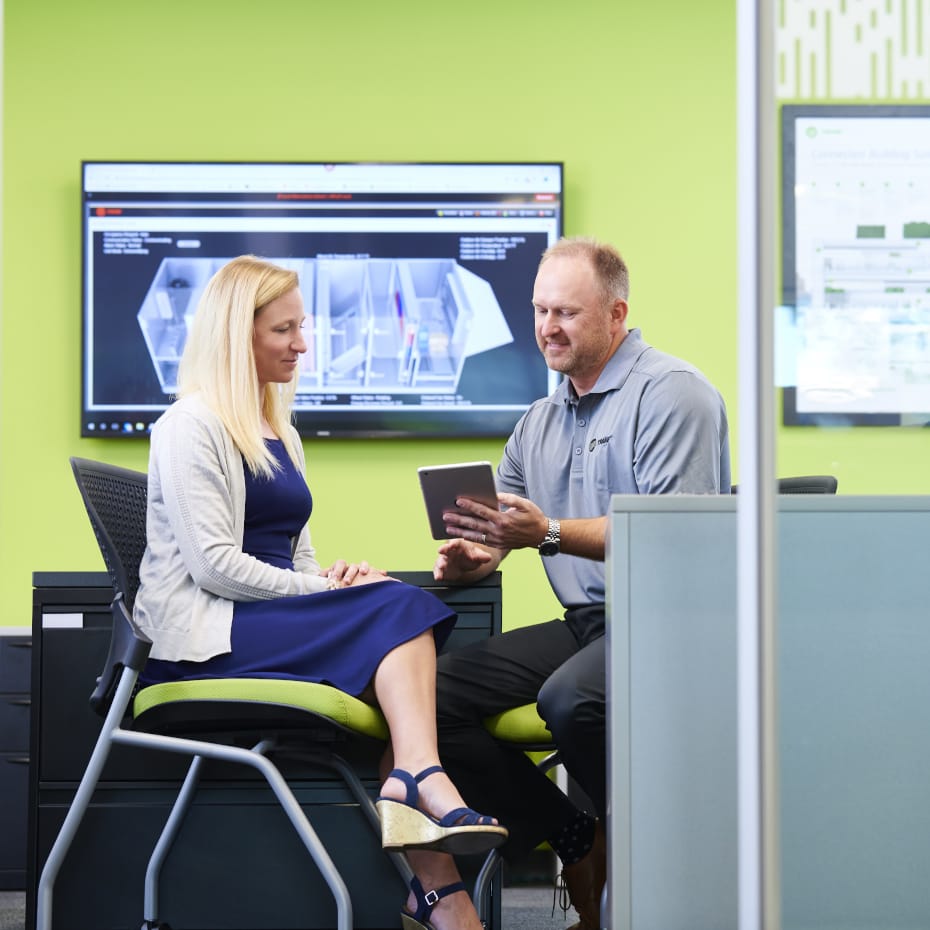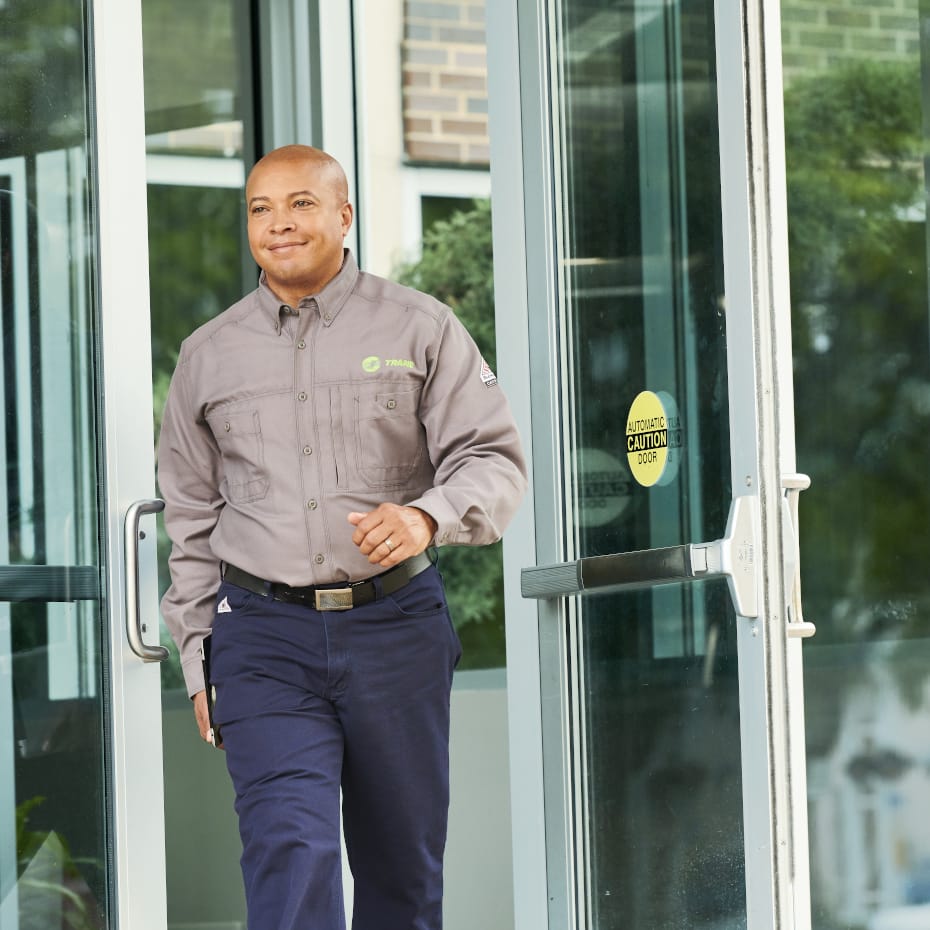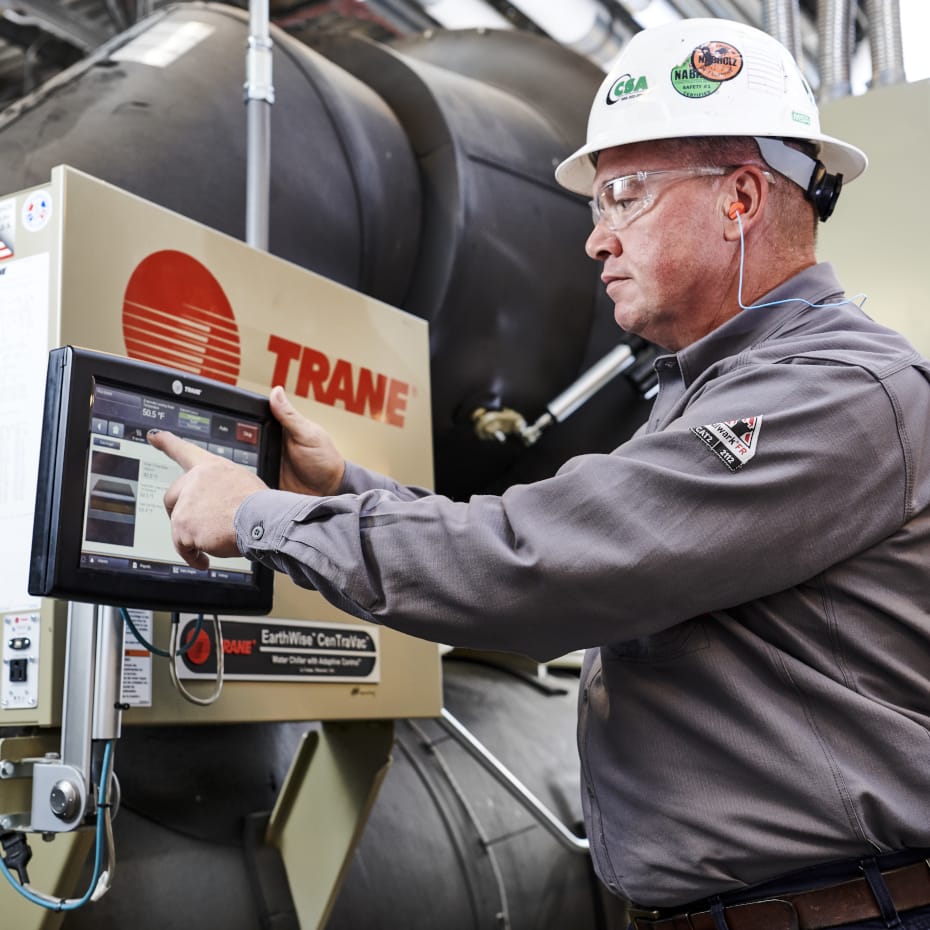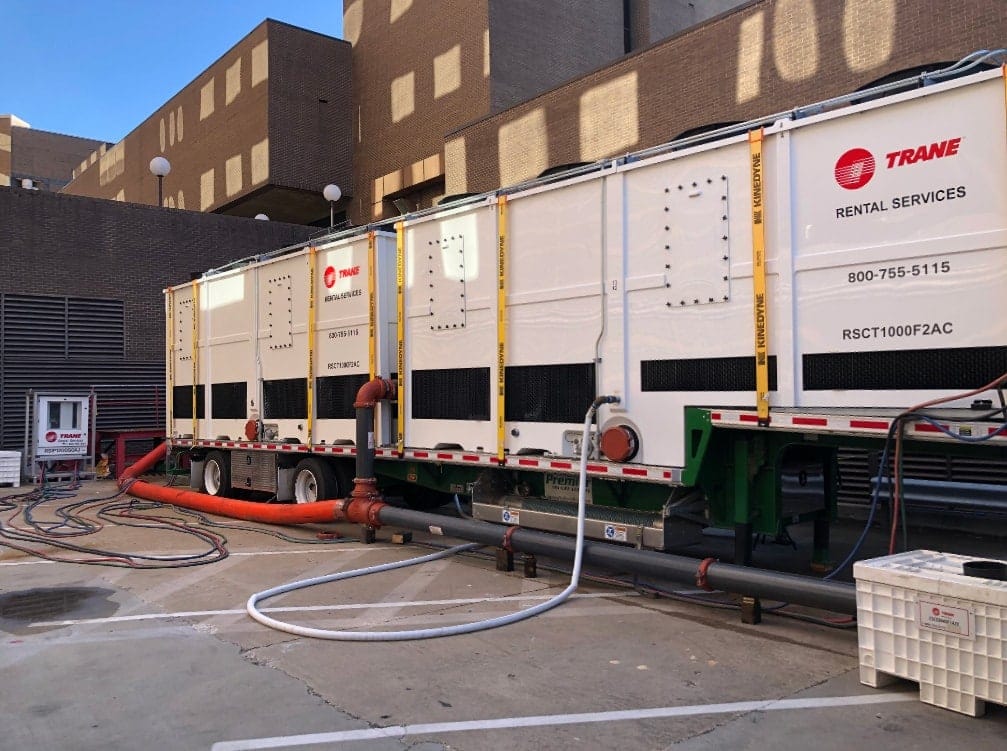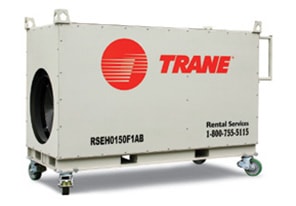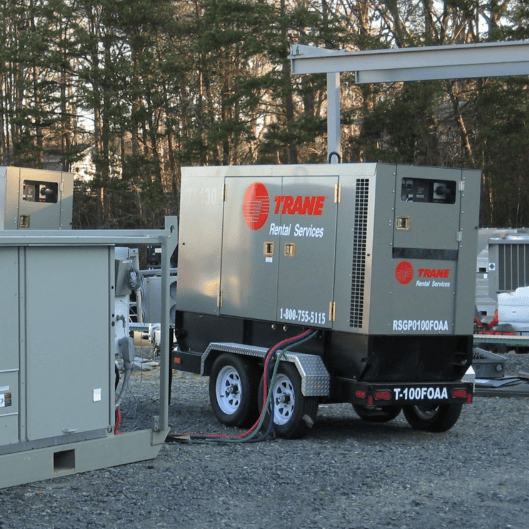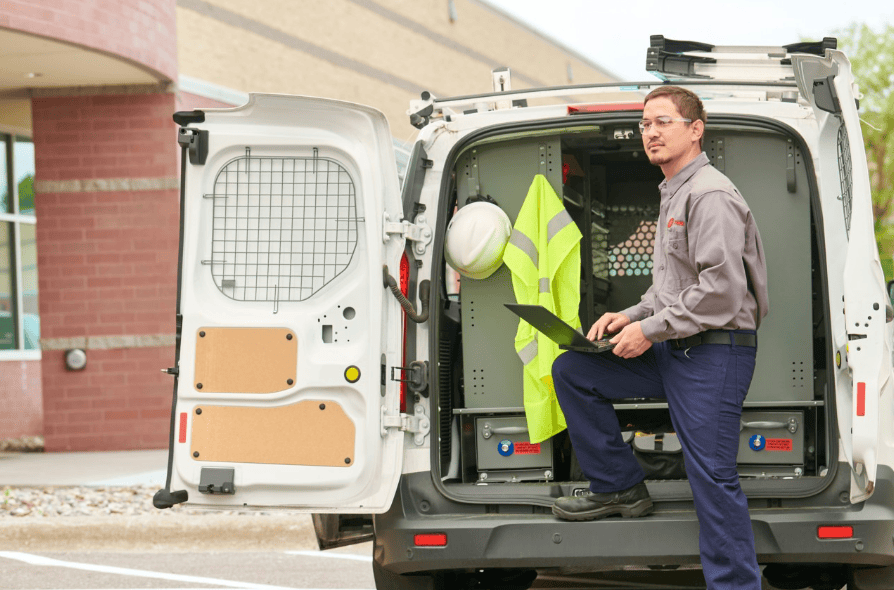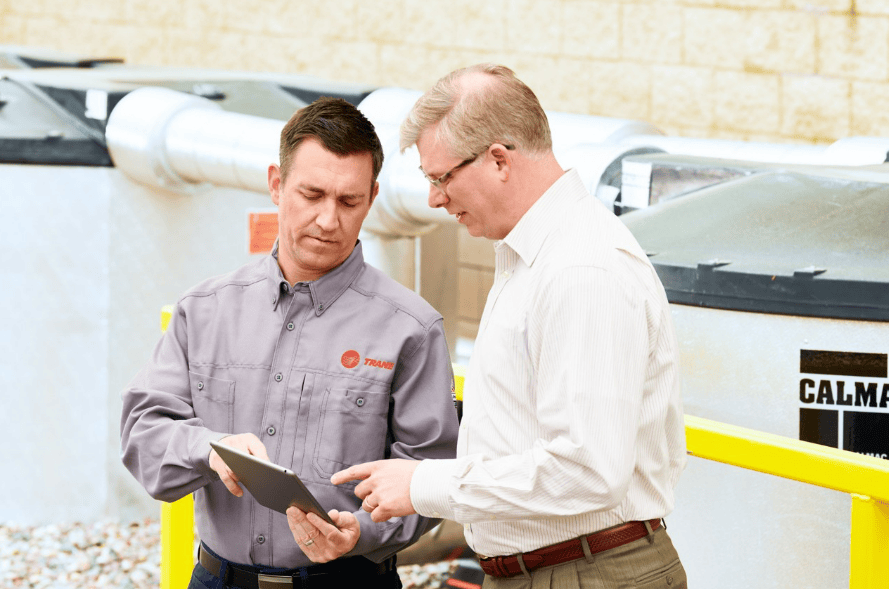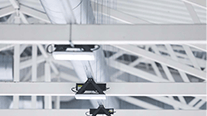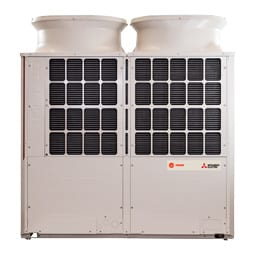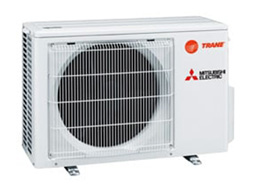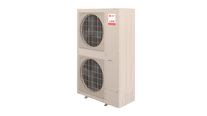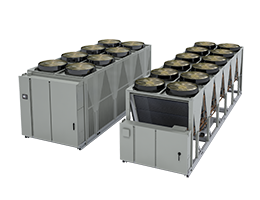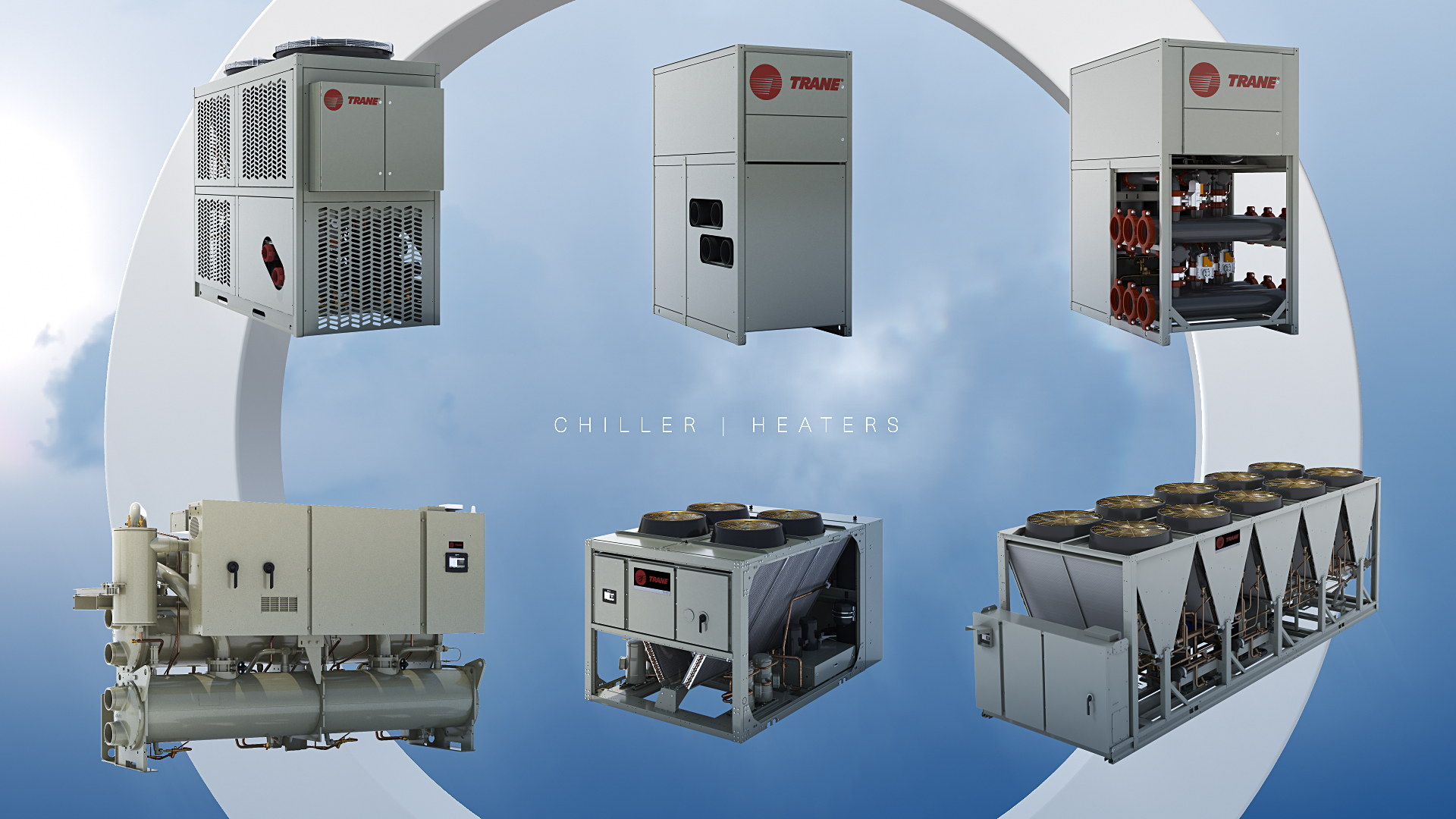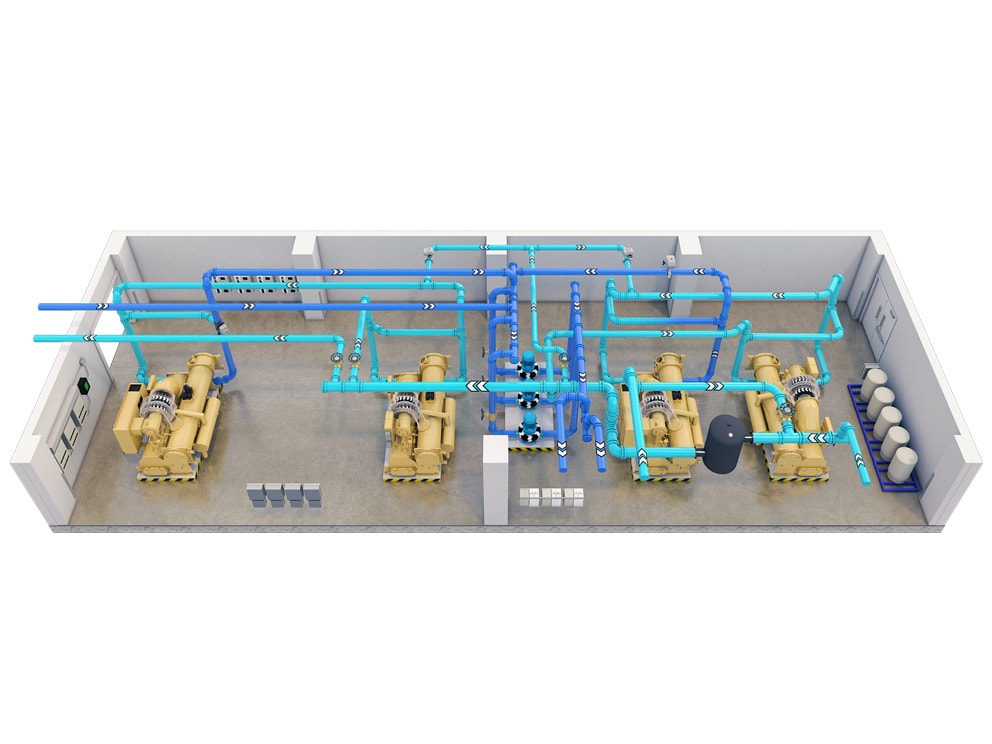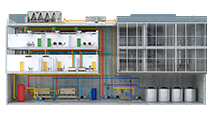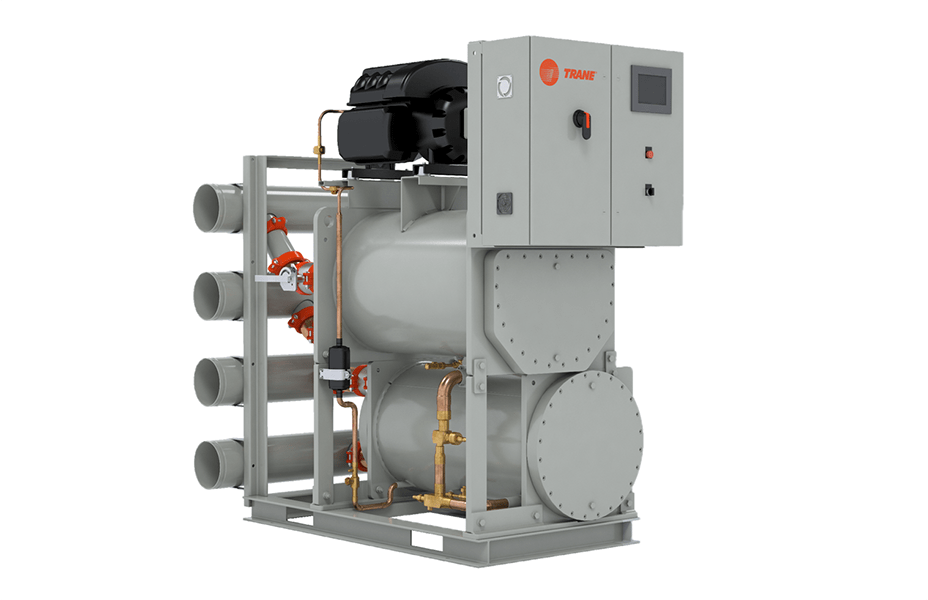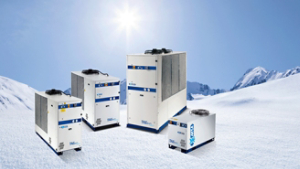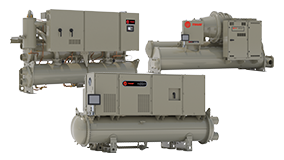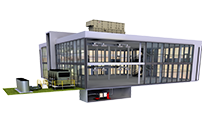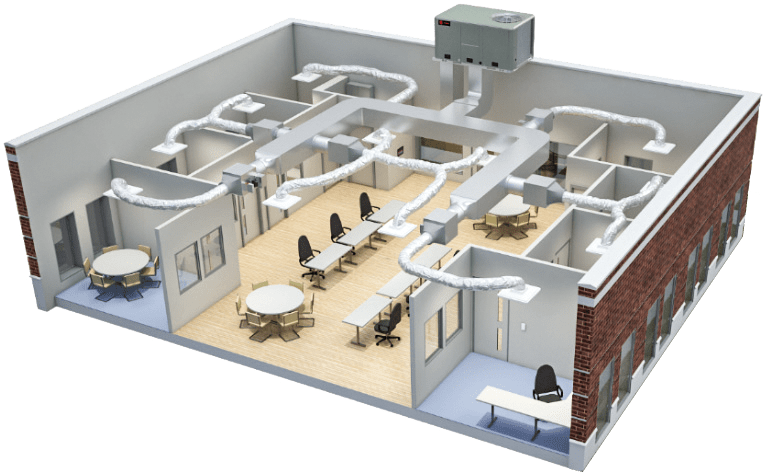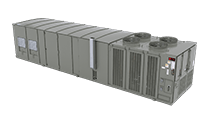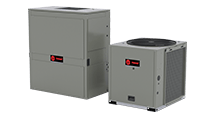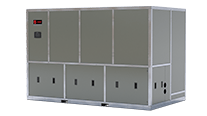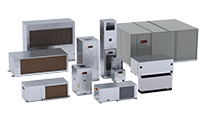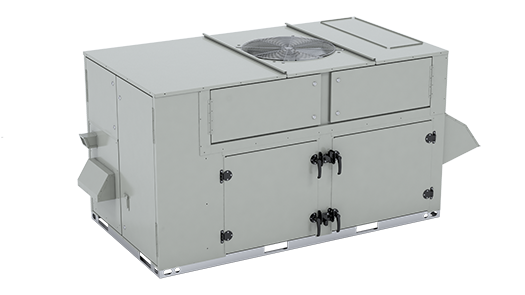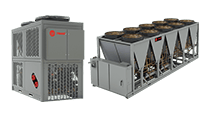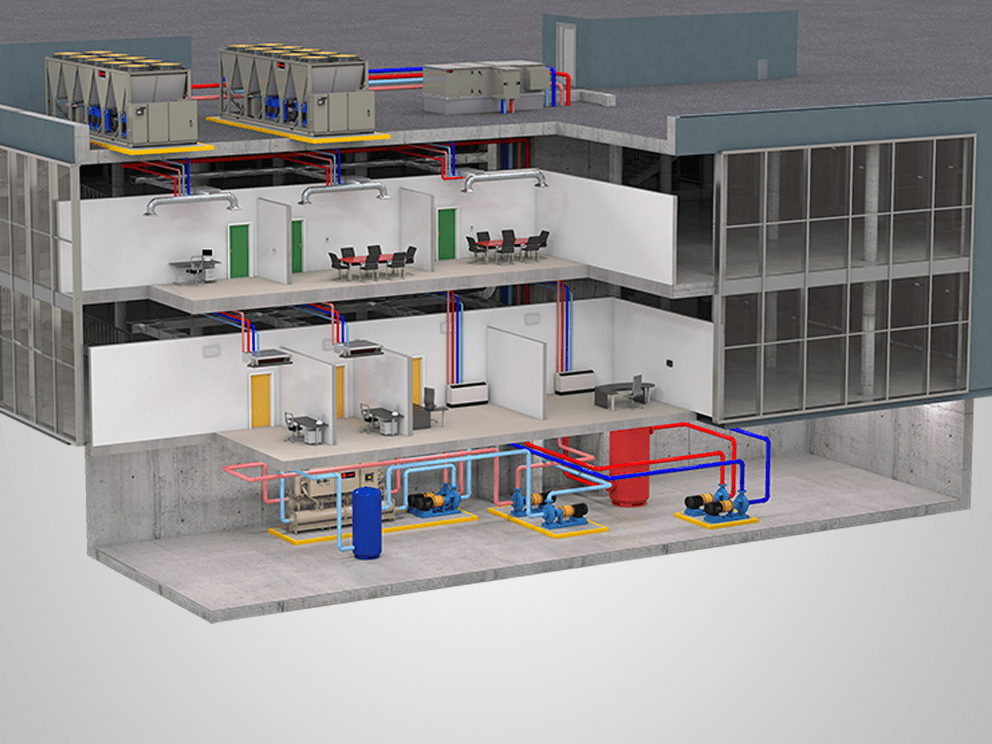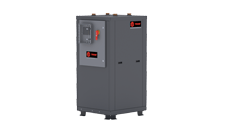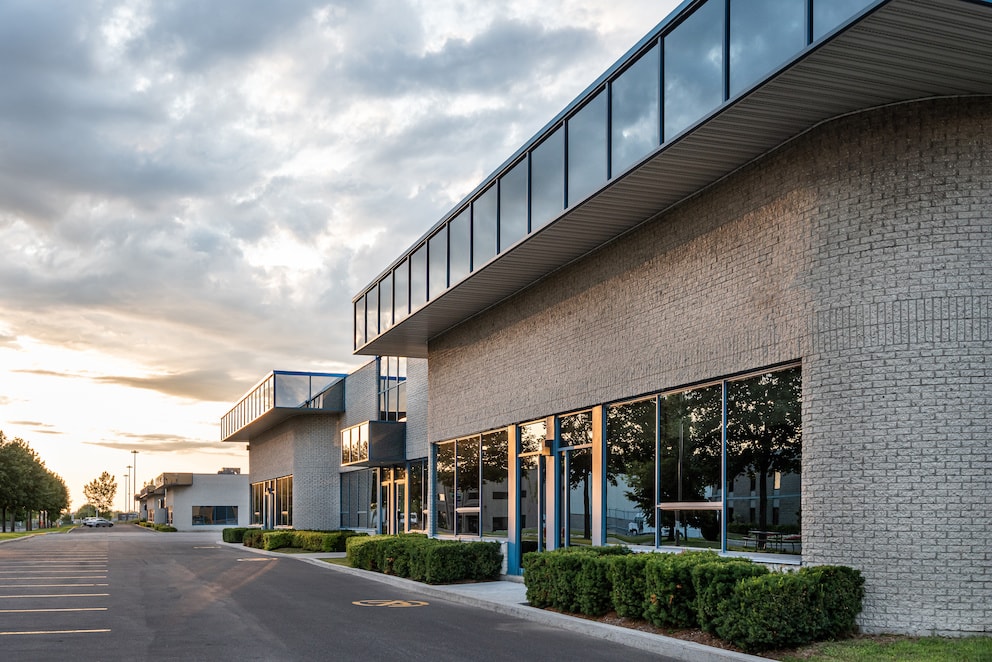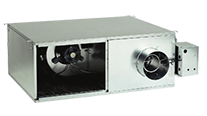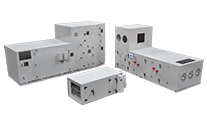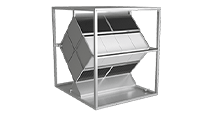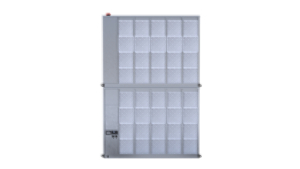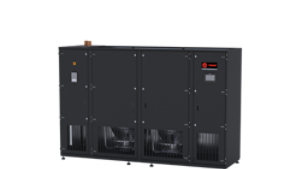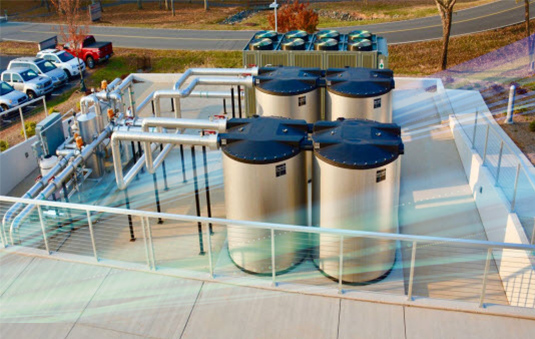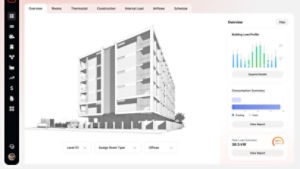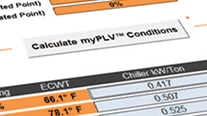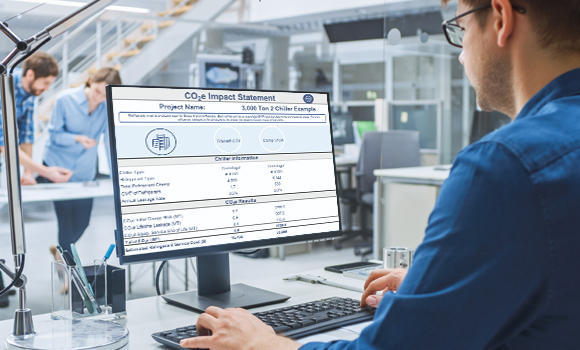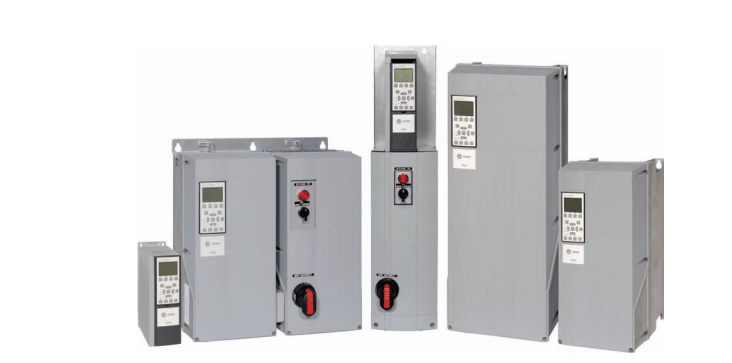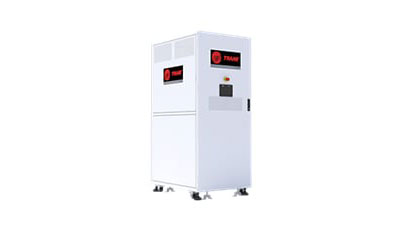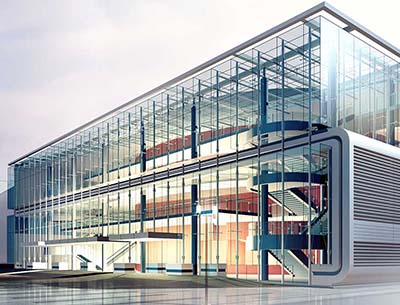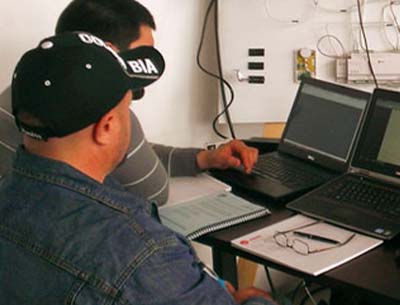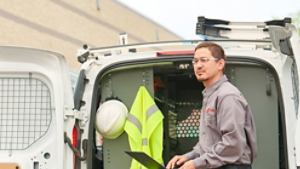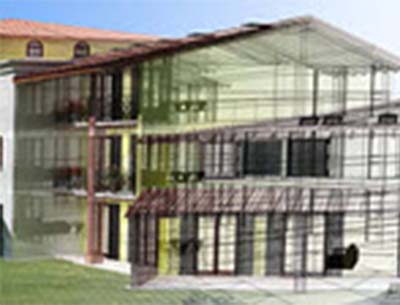VO: You are listening to Cool Air Hot Takes.
Dan Gentry: All right. For first time listeners, welcome and for subscribers, welcome back to Cool Air Hot Takes a podcast by train. I'm Dan Gentry. The Spine fellow
Charles Jelen: is Charlie Gellan. That's right. Every couple of weeks we get together and bring you the latest news in HVAC, A couple of hot takes and the most expert of interviews with industry leaders.
This week its senior project and research director at the Renewable Thermal Collaborative. Her name is Ruth Checkoff. We're gonna talk about the industrial sector and industrial decarbonization, think manufacturing process loads, things like that. Later on we're gonna have HVAC headlines. We're gonna dig through listener mailbag again, answering some of your questions, and then of course, stat of the day.
Stat of the day. Before we get to all that though, Dan, boy, we got a bone to pick with somebody. Oh, let's pick it. Alright. Alright, let's pick it. Um, I was chatting with Elizabeth. Lackman. She's from Columbus, Ohio. Okay. She was telling me how I love the show. Last episode. Great. Really liked it. But she's like, I had to turn it off in the car.
I was like, why'd Jeff turn it off? That's not good. 'cause her husband was making fun of her for quote unquote nerding out. Whoa. With cool air, hot takes. So, um, he like sits with our wives on the, on the, what guys Talking about kinda couch. So this goes out to Joaquin Pascal. You my friend, email the show.
Tell us what you would like to hear about in this nerdy show of ours, and maybe we'll air it. All right, so leave. We'll the Unbox, leave your wife alone.
Dan Gentry: Alright, so we probably gotta talk about, we got a new setup. We got these fancy tables, we got some cameras, we got some video. We're standing, we can see each other.
I love it. So with our new setup, keep your ears and eyes alert for cool Air Hot takes coming to a channel near you. With that being said. Charlie, you got a hot take?
Charles Jelen: I do. So this is on the personal side, not on the work side. Kitchen remodels. You know how like people say, oh, you should really do this thing with your wife or your partner before you get married.
Like, like
Dan Gentry: canoeing. That's, that's, that's a big one for us. Canoeing.
Charles Jelen: Yes. That could be the destruction of many relationships. Yes. That's pretty good. After you get married within the first five years, you'll know if you're made for the long term, if you live through a kitchen remodel. So honey, if you're listening to this, we're almost there.
Couple weeks left, we're gonna make it. And I love you. The marriage is solid and the kitchen is new. So that's my hot take is uh, if you want to test out your marriage. Give a kitchen, remodel a try
Dan Gentry: that. That's hot. That's hot. Mine is, I'm hot on electric mowers and my take is, why would a homeowner living in a city with a lawn that let's say takes less than an hour to mow weed, whack leaf blow, why would you not use electric stuff?
It just, it blows my mind, like pouring gas, maintaining carburetors and spark plugs, of which I love. I'm. Big enthusiasts, dirt bikes, motorcycles, boats. I love burning gas for pleasure, but when you gotta do this thing, you gotta do, electric is so easy. They're so available. Hot take is get on the electric mowers, man.
I mean, they're just, they're so great, so simple, easy to maintain. They do just as good a job.
Charles Jelen: I like it. I like it. Shout out to, uh, my neighbor Derek. He went electric, but he also went autonomous. He's got one of those robot mowers, robots. You know, my problem with the robot mower is the lines don't end up very straight.
Dan Gentry: No. I was driving by the golf course when I saw one going on a hillside at somebody's house and it looked like it was going all over. And I'm like, I would never do that. A, I love mowing the lawn. It's, and the lines gotta be like, gotta keep 'em tight.
Charles Jelen: I agree. Cold on that. I like that one. Yeah. So if you wanna reach out, remember we want your hot takes.
Send us an email, cool air.hot takes@train.com. Leave us a review on Apple, or leave us a comment on YouTube or Spotify. And also you can find all this information in the show notes of every episode. Next up. Doing your HVAC. Headlines,
HVAC. Headlines your news today. All right, listener, it's eight 30 in Hanoi. Here's your headlines. Headline number one, how Disney saves energy and operating costs. So brought this up because, uh, we got a little trip coming up here. Family road trip. Yeah. Heading to St. Louis. St. Louis. But if you are one of the 58 million visitors.
Who are gearing up to go to Disney World. That's a lot. If you're like us though and you're waiting in line, I guarantee you're looking at equipment. Yeah, that's number one. I have this awesome memory of being in line waiting and this gal in front of us is. Getting on her husband, like John, come on the line's moving, and I look over and he's looking at a transformer.
Oh, if you don't know what a transformer is, it's that big, usually green or beige box that has zero moving parts on the outside of the building. It's just out there.
Dan Gentry: Yeah. Nothing to look at with a, I wonder what he is like trying to this guy. Check out the specs. Sky was,
Charles Jelen: I ended up right. Yeah. He was down there with a flashlight on his phone looking at the name plate.
Oh. So he comes back and I just give him the, it's a good looking transformer. He's like, yeah, yeah. Anyways, at Disney, if you're there standing in line wondering, wow, these guys use a lot of energy. They absolutely do, but they have this term there that they call environ mentality. It's a way of thinking, acting, and doing business in an environmentally conscious way.
I've also heard that they call their engineers imagineers. So Disney published this news article about their large energy reduction projects. So first thing, they've done lighting retrofits and control retrofits across 17 million square feet of facilities, which resulted in 46 million KWH savings. It's a big one.
They've optimized their compressed air systems, they've upgraded controls on hot water boilers. They have VFDs on all their airside equipment, which is. Air handlers, cooling towers, and chilled water pumps. They use demand control ventilation in large spaces, and they do a lot of sub-metering so that they understand where all their energy is going.
On aggregate, they've done annual reductions of a hundred million KWH, and a million therms of natural gas. Wow. Yeah, that's, that's a lot. My favorite one is demand control ventilation. Oh, I like that one. You gonna tell us why demand control ventilation just means reducing the amount of outside air that you bring in through the HVAC system.
So every space needs to have a, a set amount of ventilation that you bring in to ventilate the room and provide fresh air for the occupants. You can lower that if there's less people in the space. So you designed the HVAC to handle the room, assuming that it is a hundred percent occupied, but that's rarely ever the case.
Yeah. And so what demand control ventilation is just counting in various ways, the number of people in the space and then reducing the amount of outside air that you bring in. 'cause you imagine if like one of the biggest energy drivers in any HVAC system is processing outside air. So if it's a hundred degrees outside, you gotta go from a hundred down to 55.
That takes a lot of energy.
Dan Gentry: I was just gonna say in that process, conditioning outside air is a huge energy
Charles Jelen: hog, if you will. Simply huge. Headline number two, suspects caught hiding in AC units after alleged copper theft in Indian River Mall. There we go. Uhhuh. If the headline didn't give you the tip off here, the scrap copper market is booming right now.
So this headline comes from CBS News 12 In Vero Beach, Florida, two suspects were spotted climbing onto the roof of the mall. Cops were called and they used a combination of dogs and drones. To find the suspects the robots are taking over. I stand by that.
Dan Gentry: We've talked about that already. Yeah.
Charles Jelen: The suspects were found hiding in HVAC units with the tools to disassemble the units for their copper.
Both suspects were booked on counts of grand theft with damage to property and unarmed burglary of an occupied space. Dan, what's the takeaway here?
Dan Gentry: I'm gonna say two things. First one is the combination of dogs and drones. It is just pretty cool. And then my last one is the stuff we deal with is, uh, it's in demand.
You know, you gotta lock up your equipment, you go to big cities, you see cages around condensing units and that is why they do it. 'cause the materials are valuable.
Charles Jelen: So there you go. Alright, up next we've got Ruth Checkoff, senior project and research director at the Renewable Thermal Collaborative to talk about industrial decarbonization.
Don't go anywhere there.
Dan Gentry: Most people know that space heating is the largest consumer of natural gas and commercial buildings, but number two is water heating primarily for domestic hot water. That's right. Danny
Charles Jelen: Boy, often overlooked in terms of driving energy efficiency and electrification, but those systems can be just as impactful to meet your end goal.
Dan Gentry: To help you meet this challenge, we're introducing train's new domestic hot water heat pumps. These innovative systems capture waste, heat, and are three times more efficient than gas or
Charles Jelen: electric heaters. So if you're looking to upgrade your domestic hot water systems, reach out to your Trane account managers today and now.
Back to the show.
All right, Ruth Checkoff, welcome to Cool Air. How Takes, how you doing this morning?
Ruth Checknoff: I'm doing well, thank you. Thanks for having me.
Charles Jelen: Absolutely. All right, so this gal we got with us here, she is very well traveled. She's has recent trips. All around Europe, stops in London, Amsterdam, Paris, Belgium, and when she's not traveling, she'll be hanging out in her brand new home in the DC area.
Congrats on that. She's in Avid Yogi and just like Mr. Gentry here, she shares a love of romantic novels. Hmm. Danielle Steele fan. Huh?
Ruth Checknoff: So I've never read a Danielle Steel novel actually, actually,
Charles Jelen: I would like to start right there. If you had to, this goes for all three of us. If you had to write yourself into a romantic novel, what name would you choose for yourself?
I'll start. I would go with Thor. Oh,
Ruth Checknoff: wow. It's a powerful name you've chosen for yourself. I
Dan Gentry: like it. Yeah. I mean, if it was a romantic novel, I'm thinking like Fabio or something like that.
Ruth Checknoff: I'm thinking realistic. I would go for Rose. People always call me Rose accidentally, you know, it's a flower and gives Romeo and Julie.
Um, I like it. Yeah. Energy. So very nice. I like that.
Charles Jelen: All right, so Ruth, you've been with the Renewable Thermal Collaborative for two years.
Ruth Checknoff: Yes, just over two years now.
Charles Jelen: All right. Every episode we interview a guest. We have 'em. Come on. We ask them for a hot take. Could be anything in your personal life. It could be anything in the world that you're interested in, or it could be professional.
So, Ruth, did you bring a hot take for today?
Ruth Checknoff: I did. So my hot take is that industrial thermal decarbonization is the most important lever. To pull if we want to achieve our global climate targets.
Dan Gentry: Alright, we're gonna gonna figure out how to get there then.
Ruth Checknoff: Yeah. Happy to talk all about it. Really, when we're looking at it though, we often hear in this space that heat is half, which means heat is half of global final energy consumption and half of that heat.
Is from industrial processes and everything that's used in industry. So if you're doing the math, that means that industrial heat is 25% of all heat used globally. So it's a really big chunk, and I think this space often gets kind of a reputation of being really hard to abate. And while it's true in some sense, it's definitely more difficult than residential and commercial decarbonization.
There's a lot of potential. The technology really is here today, and to me it's way more about the social. Political or policy and economic constraints and how we overcome those than it is about the technology. And so if we focus our energy on the hardest part, then we can think about how when you tackle the hardest part first, it means everything else can be seen as easier later too.
So there's kind of that windfall after you put in the most effort and we can make the most progress thereafter.
Charles Jelen: I like it, but I wanna jump into solutions, but I'm gonna restrain myself here. Before we get to that, talk about the renewable Thermal collaborative, it kind of a segue into how you guys are going about bringing solutions to market.
Ruth Checknoff: Absolutely. So the Renewable Thermal Collaborative is a global coalition of companies, institutions, and governments, all looking at how we can accelerate. The scale up of renewable heating and cooling solutions. We have more than 100 members. We split our membership into members and solutions providers, so more than 50 member companies.
And those are primarily large manufacturers, fortune 500 companies that are making the products we use every day from food and beverage to paper, to steel and so on. And then on the solution side, we have lots of original equipment manufacturers, financial consultants. Energy engineers, the list goes on, and the RTC focuses on convening those two sides to help build relationships, build awareness of the solutions that are available, and then talk about what the barriers are and how we can use our collective influence to actually overcome those, and the benefit of having that.
Relationship building piece in a non-commercial space is that people oftentimes find project partners or solutions that they really like within the RTC, and then they're able to partner up and go out on their own and actually implement projects.
Charles Jelen: Got it. So it's a, a marketplace and you're connecting the need with the supplier of, of the solution.
Ruth Checknoff: Yes.
Charles Jelen: As Vince Vaughn once said, people helping people. Can you name a movie? Wedding Crashers? Yeah. Good one. And full disclosure here, train Technologies is part of the RTC. You're happy to be a part of it. Think it's a great program. So you mentioned it a few times when you talk about industrial decarbonization.
What are you getting after with the bulk of that?
Ruth Checknoff: So industrial decarbonization as a whole can mean a lot of things. You've got, mm-hmm. Fuel based emissions that you're trying to tackle electricity. Generation based emissions. So most of, uh, our work focuses on how to replace those natural gas fired boilers or other systems that people have currently installed.
The other topics within industrial decarb are often around the electricity generation and the sources of electricity there, as well as process-based emissions. So those materials that are undergoing chemical reactions. But we focus on replacing those fuels, and so it's looking at where a manufacturer in the food and beverage space might be drying or pasteurizing, or even cooking, how we can help them find solutions that.
Move those from fossil fuel based process. Mm-hmm. To something cleaner, whether that's electrification or solar thermal, which is a personal favorite of mine, or even geothermal or like low carbon fuels that mm-hmm. May be cleaner alternatives to the conventional process.
Charles Jelen: Do you have any like recent projects that.
You guys like to highlight?
Ruth Checknoff: That's a great question. One that personally helped me learn a lot was focused on a Scottish whiskey distillery owned by Chius Brothers.
Charles Jelen: That got your attention, huh? Yeah. Got our attention.
Ruth Checknoff: Yeah. Involving, um, pillar blowers and compressors. So they had a mechanical vapor recompression system and worked that into a, a heat pump, and they were able to recover a lot of waste heat at the.
Distillery and then they've gone on to several other distilleries across Scotland and done the same thing. And so I think that replicable nature and the waste heat recovery aspect there is really something we're looking for. And I think especially in the heat pump space, having case studies showing how it works and can support different processes is.
Extremely valuable.
Charles Jelen: Is there a common, any commonality between the projects that do move forward? You mentioned there one. In the uk, energy pricing is generally favorable for doing things like heat recovery or electrification, California. That's a state in the US that's very policy driven. Yeah.
Ruth Checknoff: So the geography matters a lot.
We see the most projects in states that are actively supporting these. And so states like New York, Colorado, Pennsylvania right now as well, those are getting a lot of attention because of the favorable policy environment at the state level. Okay. And of course, Europe has that too. So really. A lot of times it's about the economics.
Where companies may be looking to install these solutions is where their electricity cost is cheapest relative to natural gas, if we're talking about electrification solutions. So for solar thermal, right, you need to have the right amount of solar or radiance in order to make that, uh, viable solutions.
So, so that is how geography plays into it, but. We also see projects happening in unexpected places sometimes, right? If you have equipment that's at end of life and you have a company that's really committed to moving and switching to renewable thermal solutions, then they might choose to do it in a state that doesn't have the most favorable electricity to natural gas price ratio.
But they have made the case internally and they've done the math ahead of time and included this in their roadmap, and so they're able to actually implement that project anyway.
Charles Jelen: Yeah. One of the questions I want to ask is around the feasibility of some of these projects, or what length are these members willing to go?
Because when I think of hurdles in this space, there's a technological hurdle for a lot of end uses in this space.
Ruth Checknoff: Yeah, great question. It's not straightforward at all, and sometimes it means, especially for high heat applications, those are probably not. The first step? Yeah. Most people are focused on the low hanging fruit of the low to medium temperature range where they can install a highly efficient heat pump that helps them decarbonize that lower temperature process.
But I think it's a combination of factors that can help them move forward. One. Energy as a service. Of course, if there's another company that's willing to take on the risk and help provide a stable, long-term fixed price for that heat, mm-hmm. That can really unlock a lot of potential. I've seen a lot of thermal battery as well as.
Electric Heat pump solutions providers offering this energy as a service model and being able to move forward with projects that way. Another strategy I've been hearing a lot about is bundling projects, right? If you have, let's say solar thermal, and that's not gonna pencil immediately, then you can also look at how you can build in efficiency measures to go along with that or combine solutions together in order to get a more favorable payback.
And so that can really help, but. It doesn't always work in all cases. Yeah, and so there's external measures that we need to take to make these projects pencil more often and in more places across the us.
Dan Gentry: You mentioned, uh, low temperature, medium temperature, high temperature, and there are different solutions.
Can you give us an idea of like what's low temperature, what's high temperature, and maybe how those solutions would maybe differ from one another?
Ruth Checknoff: Absolutely. So I'm gonna use the renewable thermal vision report definition 'cause people do this a little bit differently. But generally speaking, in the RTC world, under 130 degrees Celsius, that's what we're talking about when we're.
Talking about low temperature, medium is a pretty wide range in our report, so it's from 130 to 500 degrees Celsius. I've seen 400 being pretty much the max that other people will use for medium, and then anything above that is considered high temperature. And so when we're talking about low temperature, that's of course where industrial heat pumps are probably the foremost solution.
You also see solar, thermal, and geothermal coming up in that range in the medium temperature. There's a few options, whether that's an electric boiler or you might use a renewable fuel for that. But you can also have solar thermal solutions like parabolic, trough, concentrating, solar thermal that meets that middle ground.
And then the high temperature is probably where you're. Going to see more things like bio methane or in some cases green hydrogen or even thermal batteries are often looking at those higher temperature applications, um, with some of the new innovations in that space. And you've got a box of hot rocks and you're able to, you're able to pump electricity into there and, and then use electric resistance to.
Generate heat and then store that as needed and deploy it to processes that require a thousand degrees Celsius or higher heat.
Dan Gentry: Mm-hmm. That's amazing. It's some high temperature.
Ruth Checknoff: Yeah, it's very, very hot. Uh, I think it's hard for us to even imagine what that feels like.
Charles Jelen: Interesting. So you mentioned at the beginning that you think the main hurdles here are not technological, they're more social or political.
Can you. Expand on that a little bit. What are the major hurdles here? What's limiting people from going after some of these solutions?
Ruth Checknoff: Yeah, absolutely. So I think we've talked a bit about the economic barriers here, and part of the problem, right, is that there aren't. Policies that are necessarily helping to overcome those.
So you'll see a lot of policies that are looking at the capital expense of these solutions, like a one-time investment tax credit or an incentive. That comes from the state or from the utility, but the real challenge is that operational expense, right? If you're gonna have some of these solutions compete with really cheap natural gas, then you need something that helps over time.
And so there are policy mechanisms like a production tax credit for clean heat that could help. But some of these are newer ideas that haven't been talked about. Quite as much they need to be socialized among policy makers and among people in order to help actually popularize these solutions and get them out the door.
And so that's sort of on the policy side, what we're thinking of. Um, there's a lot more to do with electricity tariffs and thinking about how future electricity demand looks like and what the role of industry is in that with. A large, stable base that can also be flexible in some cases, especially when you're incorporating solutions like thermal batteries or other things that can help with demand response.
But then moving away from the policy side, I think there. Is an awareness issue that's changing. I've seen it change even in the two years that I've been at the RTC. I'd like to say that's partially because of the RTC, um, but of course I'm biased. And the reason the RTC got started in the first place was because so many people were talking about electricity and barriers to implementing clean electricity, but very few people were talking about heat and scope one, as they say in the thermal decarb space.
And so. Now I think that's changing. There are a lot more companies, and I think part of the reason that we're seeing more projects get announced is because companies started probably back in 2020, looking at their thermal needs. Trying to do this road mapping and think through what are we going to do five to 10 years from now?
And so we're in that five to 10 year range where they're starting to say, okay, we're gonna do an industrial heat pump here. We're going to pilot a thermal battery alongside some solar thermal collectors. And so that's why we're seeing. People move forward, but there are a lot of companies that aren't in the RTC and that need to also have that awareness.
And so I think moving forward, it is partially continuing to share information about the technology solutions that are available while also talking about. The successes, those first movers, where are their projects working? What is not working well, and how can we learn from those and not be embarrassed about early issues, right?
It's all about making forward progress and learning from mistakes so that we can move together in this thermal decarbonization space.
Charles Jelen: So if I'm a listener, and I'm trying to just think through this big picture right now. You started at the front that 25% of global emissions is tied to the industrial side, and I'm assuming that's all heating.
Ruth Checknoff: Mm-hmm.
Charles Jelen: If you could have one thing in this space, what would it be?
Ruth Checknoff: I think if we could have. Industrial heat pumps that go a little bit beyond what I defined as low temperature originally. So up to 200 degrees Celsius and below is probably the low hanging fruit and makes up a significant portion of those emissions from industry.
So if we have a solution that can be rapidly deployed and scaled across multiple industrial processes and really just. Need to meet that temperature demand, that would be a game changer. Right now there's a lot of customization that goes into mm-hmm. Any thermal solution. And that is needed in a lot of cases in order to get the most optimized and efficient process.
But if we are able to have a range, let's say like five to 10 different industrial heat pumps that can meet those different needs within the various industrial processes and. Hit that slightly higher temperature demand, that would really change the game in terms of deployment, and I think unlock probably 30 to 40% of that emissions reduction.
Charles Jelen: Wow. That's pretty cool. Alright, how can people get involved if they hear this and they're interested either on the solution side or the member side?
Ruth Checknoff: Yeah, please reach out. The Renewable Thermal collaborative is always welcoming new members and solutions providers. So whether that's me or my colleague, Perry Jones, who's our membership director, we can get you right in there.
My email is ruth@dgardner.com and the website is renewable thermal.org.
Charles Jelen: Check it out. Thank you for coming on today, Ruth. That was really fun. Yes, thank you very much.
Ruth Checknoff: Great. Thank you so much.
Charles Jelen: Hey there, listener. Ever feel like refrigerant management is a puzzle you just can't solve? Well, guess what? Train's got your back.
Dan Gentry: Imagine a world where you don't have to worry about what refrigerant is in your assets and whether or not you're complying with local codes, trains, innovative solutions make it simple, efficient, and stress
Charles Jelen: free.
Whether you're an engineer, contractor or facility manager, train's got the tools you need to keep things cool and compliant. So why
Dan Gentry: wait. Head over to train.com/refrigerant management and discover how you can revolutionize your refrigerant game today.
Alright, listener, it's. That time of the day where we're gonna hop into the mailbag. It's actually one of my favorite sections. So very excited about this. Thank you everyone for sending in questions. We always appreciate that. Remember, drop us a line, send us a note, send us an email, cool air.hot takes@train.com, or leave us a comment on Spotify or YouTube or a review on Apple Podcasts or.
If you're feeling particularly corporate, you can find us on LinkedIn as well.
Charles Jelen: Alright, first one. This is uh, Ethan Kinsey, Dallas, Texas. His question is Air source boilers for commercial buildings hot. Or not?
Dan Gentry: That's a good question. The idea of 'em. Great. An air source boiler in my mind just is an air source heat pump.
Uh, I think generally we would say an air source boiler is probably something capable of generally higher temperatures than like a typical. Commercial air to water, heat pump. Hot on the idea, but a little cold on executing them today because they're a little smaller. They're smaller in size. Classic, classic gentry straddle here, split the baby.
If we can get 'em bigger, but I'll, I'll try to get a little hotter too, because what I think you can also do is take that same concept of a single heat pump that can do a whole bunch of lift, make a bunch of hot water when it's cold outside, or you could pair a conventional, say air source heat pump. To a say a chiller that is capable of elevated hot water temperatures, and now you can start getting into larger scale.
That makes a little more sense. You're still using, say, commercially available pieces of equipment that technicians are aware with and can operate on. So I think they're gonna get hotter. I'm gonna get hotter towards 'em when they can get bigger in size. But today they're just a little smaller, like think modular in scale or recip compressors.
So smaller applications. Sure. But if you're talking about large, big commercial buildings. It can be done, but I'm thinking the quantity of units is not very desirable. Good question. Next one comes to us from Andrea Hill in, uh, San Diego, California. Andrea writes, Hey guys, love the show. Thank you very much.
Thank you. I get a lot of people here in California that are skeptical of electrification due to the cost of electricity and the issues the grid faces already during peak conditions. Question would be around what technologies are grids using at the source to provide clean, reliable power, which would then make electrification downstream more viable.
Charles Jelen: There's a lot in there. Andrea, that was a packed question. Yeah, so I think the hard part is energy pricing is going to drive a lot of the day-to-day consumer on either the residential or the commercial space to make this decision. And electrification is hard in a lot of cases to justify using regular financial metrics because the spread between electricity and natural gas is pretty wide.
In the us you go to Europe, you go to other countries, it's, it's not as wide, it's a lot closer. And so the efficiency that you pick up going with a heat pump, it actually can make projects look financially attractive. In the US there's, for most parts of the country, it's not the likely case that you're gonna be able to develop a project with.
Air source heat pumps or large geothermal heat pumps that are going to look financially attractive in a regular financial model. So looking for that three to seven year payback, something like that. So energy pricing has a lot to do with the decision to electrify, and I don't see electricity pricing coming down all that drastically in the next five to 10 years because.
The infrastructure that we need to add to the grid in order to make it more reliable, which is kind of the first part of your question here, is going to be almost like overhead assets. So adding batteries to firm up wind and solar is a big thing right now. Those are passive technologies, and so you can't necessarily harness all of them because you can't predict when it's going to be windy or sunny.
So you add batteries to 'em to firm 'em up. Well, now you've just added cost to try to maximize an existing resource so that some of that becomes hard. If you see electrification take off, it's likely going to be because natural gas prices increase faster than electricity does, and so some of the technologies, like how do you get good, clean firm power?
One of my favorite technologies is having a little bit of a Renaissance right now is nuclear small modular reactors. I think that is going to be. Something that is going to change the energy landscape for us. There's a lot of companies like Rolls Royce is building Yeah. Modular reactors. And I, I think once we can start to produce those in a factory safe reliably mm-hmm.
And deploy 'em, I think it'll change that spectrum. I think it'll actually potentially drop electricity pricing depending on how they get deployed, but I don't think that's gonna happen in the short run. Wow. Andrea. Good question. Good question, Andrea. Yeah. Alright, so keep 'em coming, keep sending in your questions.
We love having them and we'll hit these as we go, uh, in the episodes.
Dan Gentry: Up next Sta of the day. Here comes Joe, the
Charles Jelen: day, the day. All right, listeners, sta of the day today is being brought to you from all the tariff stuff that we had. Uh, recently. The big beautiful bill was passed. Both of those have in common is inside each of them.
There's the general drive to bring more manufacturing, onshore, onshoring manufacturing to critical areas, critical infrastructure in the us. So what I wanna do is give you stats from the states that have the most manufacturing in terms of number of employees. And so this is based on April, 2025, data from the Bureau of Labor Statistics.
So I'm gonna look at the top five for two different things. Top five for the most manufacturing jobs, just straight aggregate. And then also most manufacturing jobs per capita.
Dan Gentry: Oh, okay.
Charles Jelen: Okay. Let's do outright Most jobs, top five. Dan, you got a guess on states.
Dan Gentry: Um, I was purely gonna go off of population, so I was gonna go with California.
Okay. Probably be up there and then, uh, obviously Texas and then after that I would go to like the southeast or.
Charles Jelen: Midwest or someplace. All right, you got it. You nailed the top two. So number five, Illinois 575,000 manufacturing jobs. Number four, Michigan 597,000 manufacturing jobs, Ohio 687. Oh, that's, sorry, Michigan, Ohio Beach on that one.
Yeah, quite a bit. Ouch. Hmm. Uh, 687,000. Texas number two, 970,000 in California, number one, 1.2 million manufacturing jobs. Geez. All right. Midwest rounding it out. Alright, let's do manufacturing jobs per 1000 citizens. So, which states have the highest concentration of manufacturing jobs? You wanna take a guess here?
It's probably one of those Midwest states that was on the list already. Yeah, they're all right in there. So number five, Kansas with 5,800 manufacturing jobs per 100,000 citizens. Number four, Michigan, 5,800, Iowa, 6,700, Indiana, 7,500 and number one. The Badger State. Yeah. Wisconsin, 7,700
Dan Gentry: Wisconsin is building America.
Charles Jelen: I don't wanna go that. I won't go. That. Wisconsin's Helping build America. We're building cheese and milk. Hey, I love cheese. I do too.
Thanks for listening to this episode of Cool Air Hot Takes. Thanks so much to Ruth Checkoff from the Renewable Thermal Collaborative. That was a great conversation. Thanks to the cool Air Hot Takes production team, you're always top notch. Special thanks to Katie Winton, new member of the team. Welcome aboard.
Dan Gentry: Send us questions and hot takes by leaving us a comment on Spotify or YouTube. Leave us a review on Apple or drop us message at. Cool air.hot takes@trane.com. Don't forget, you can leave us a rating wherever you listen. Five stars only, of course. Until next time, stay cool and keep those takes hot.


